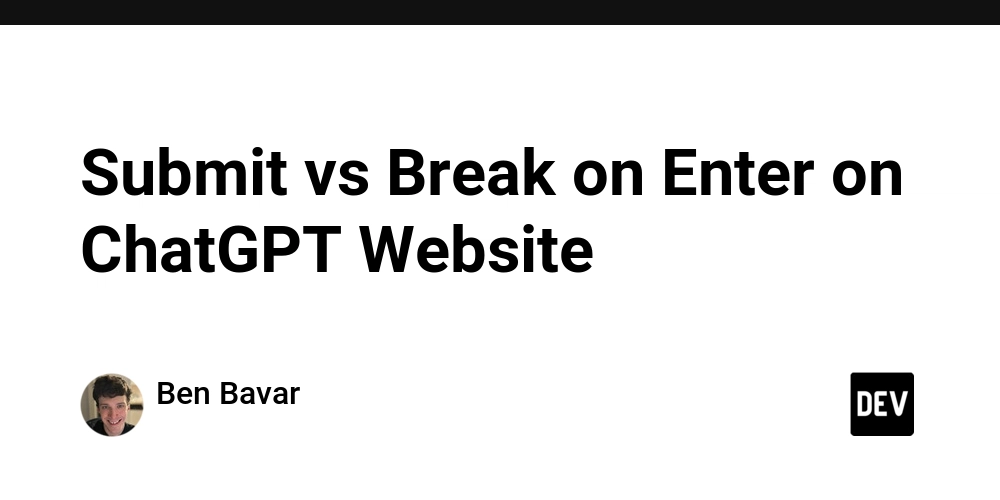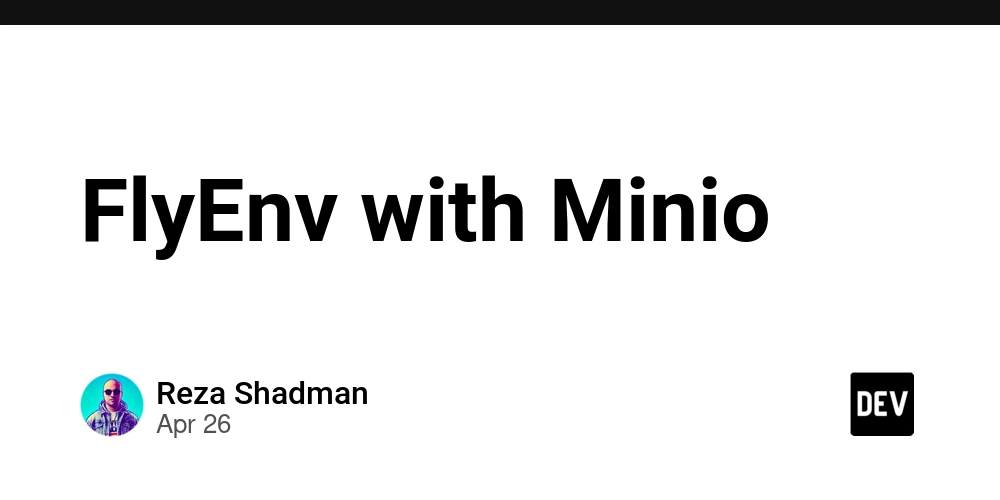
Supercharge Your RAG with Reciprocal Rank Fusion: Better Results Now!
Want to get the best results from your Retrieval-Augmented Generation (RAG) system? Stop relying on single, limiting queries. Discover how Reciprocal Rank Fusion (RRF) can dramatically improve your document retrieval and boost the quality of your LLM outputs.
What is Reciprocal Rank Fusion (RRF) and Why Should You Care?
Reciprocal Rank Fusion (RRF) is a smart, simple algorithm for combining search results from multiple queries. Instead of betting on a single query, RRF broadens your search, ensuring you don't miss crucial information. This is how it works:
- Multiple Subqueries: RRF generates several focused sub-queries related to your original question.
- Parallel Retrieval: Each subquery independently retrieves a set of relevant documents.
- Intelligent Merging: RRF merges these results, prioritizing consistently high-ranked documents across all searches.
In short, Reciprocal Rank Fusion intelligently combines multiple search results, surfacing the most relevant documents - this leads to better, more comprehensive answers from your LLMs.
The Problem with Single Queries
A single query often fails to capture the full scope of a user's need.
Example: Imagine a user asks, "What are the benefits of using vector databases for semantic search?" A single query might miss documents discussing specific performance advantages or cost savings.
Here's how RRF solves this:
- Generates multiple sub-questions: "How do vector databases improve search speed?", "What are the cost benefits of vector databases?", etc.
- Retrieves documents for each sub-question: This ensures comprehensive coverage.
- Merges results using RRF: Top documents from each sub-search are prioritized.
This approach catches vital information, improving the quality and coverage of your RAG system’s context, and ultimately, the LLM’s response.
How Reciprocal Rank Fusion Works: A Step-by-Step Guide
Let's break down the RRF process into simple steps:
- Subquery Generation: Generate various, focused sub-questions from the original query.
- Parallel Retrieval: Retrieve relevant documents independently for each sub-question.
- Reciprocal Rank Fusion: Merge the document lists, scoring documents based on the RRF formula.
- Final Selection: Choose the top-scoring documents to provide context for your LLM.
Decoding the RRF Formula
The magic behind RRF lies in its scoring formula:
RRF_score = ∑ (1 / (k + rank))
Where:
rank= Position of the document in the retrieval list (starting from 0).k= A constant (usually 60) that dampens the influence of lower-ranked documents.
Essentially, if a document consistently ranks high across multiple subqueries, it achieves a higher RRF score. Those documents are surfaced earlier in the results!
RRF in Action: A Python Code Snippet
Want to see RRF in motion? This Python function demonstrates the core merging logic:
Key Takeaways from the code:
- Retrieval happens simultaneously for each subquery, speeding up the process.
- Rank positions influence scores when results are merged.
- Documents are fused and sorted by their scores ensuring the 'best' rise to the top.
Benefits of Using Reciprocal Rank Fusion
Reciprocal Rank Fusion offers several key advantages for your RAG system:
- Broader Retrieval: Captures more relevant information by exploring multiple angles of the query.
- Higher Accuracy: Prioritizes documents consistently ranked high across different searches.
- Improved LLM Output: Provides richer, more relevant context for generating answers.
By implementing RRF, you can dramatically improve the quality and accuracy of your RAG system, leading to better user experiences and more powerful LLM applications. You can greatly improve your strategy for question and answer retrieval and provide value to your readers.
What's Next? Advanced Retrieval Techniques
Ready to dive deeper? Stay tuned for our upcoming articles on advanced retrieval methods, including:
- Step-Back Prompting
- Chain-of-Thought Retrieval
- Hybrid Search
- Hierarchical Decomposition (HyDE)























